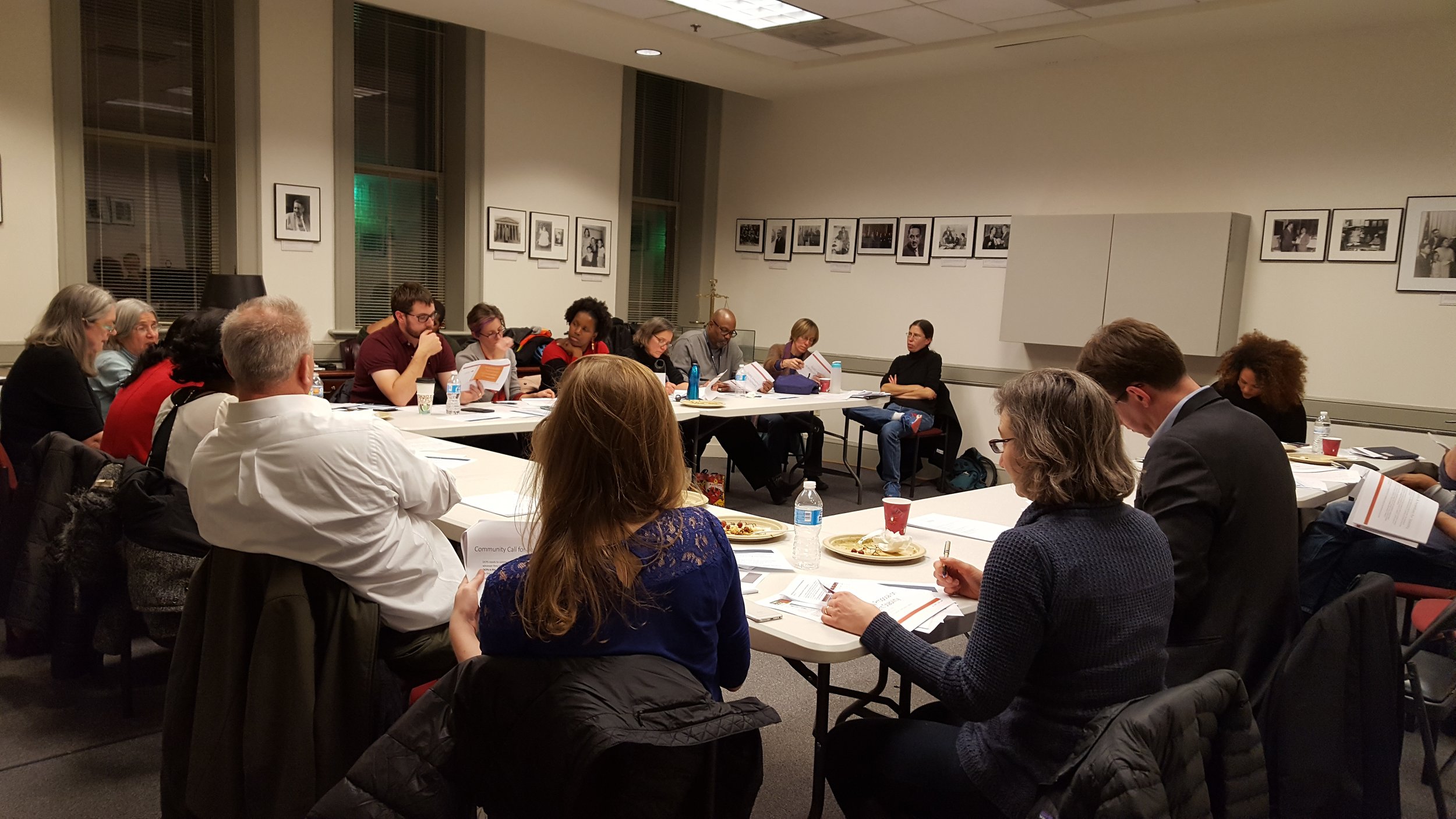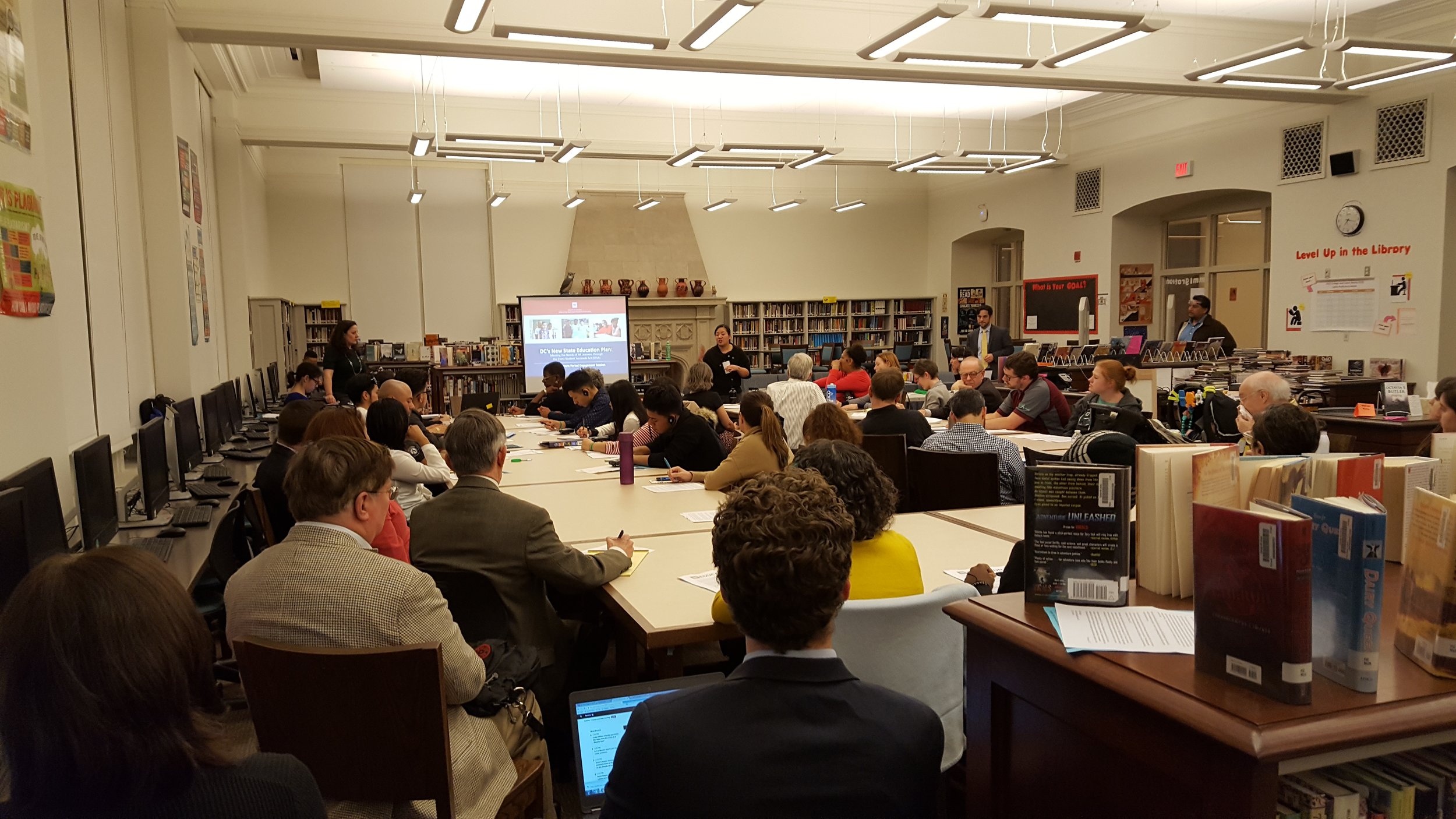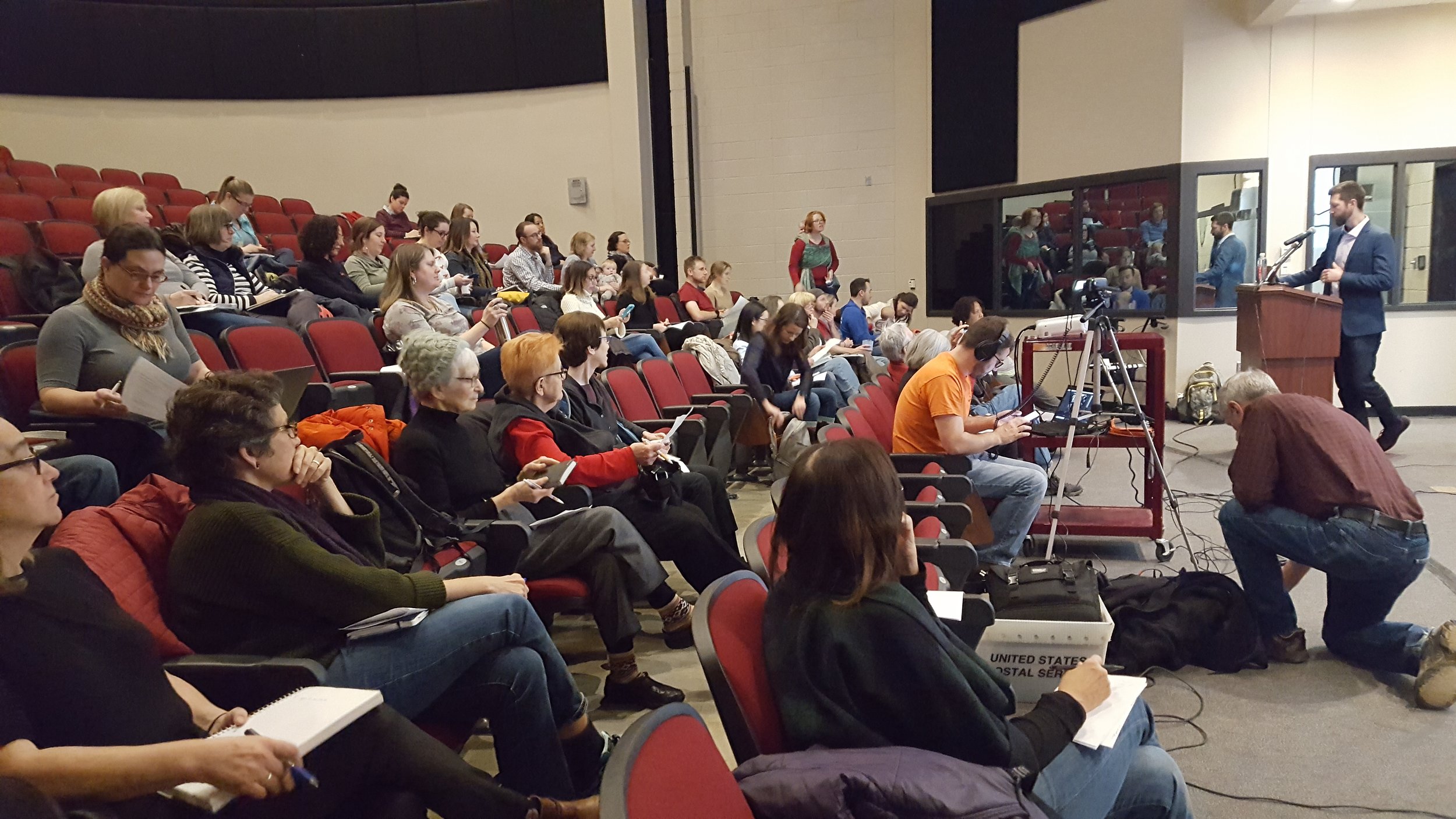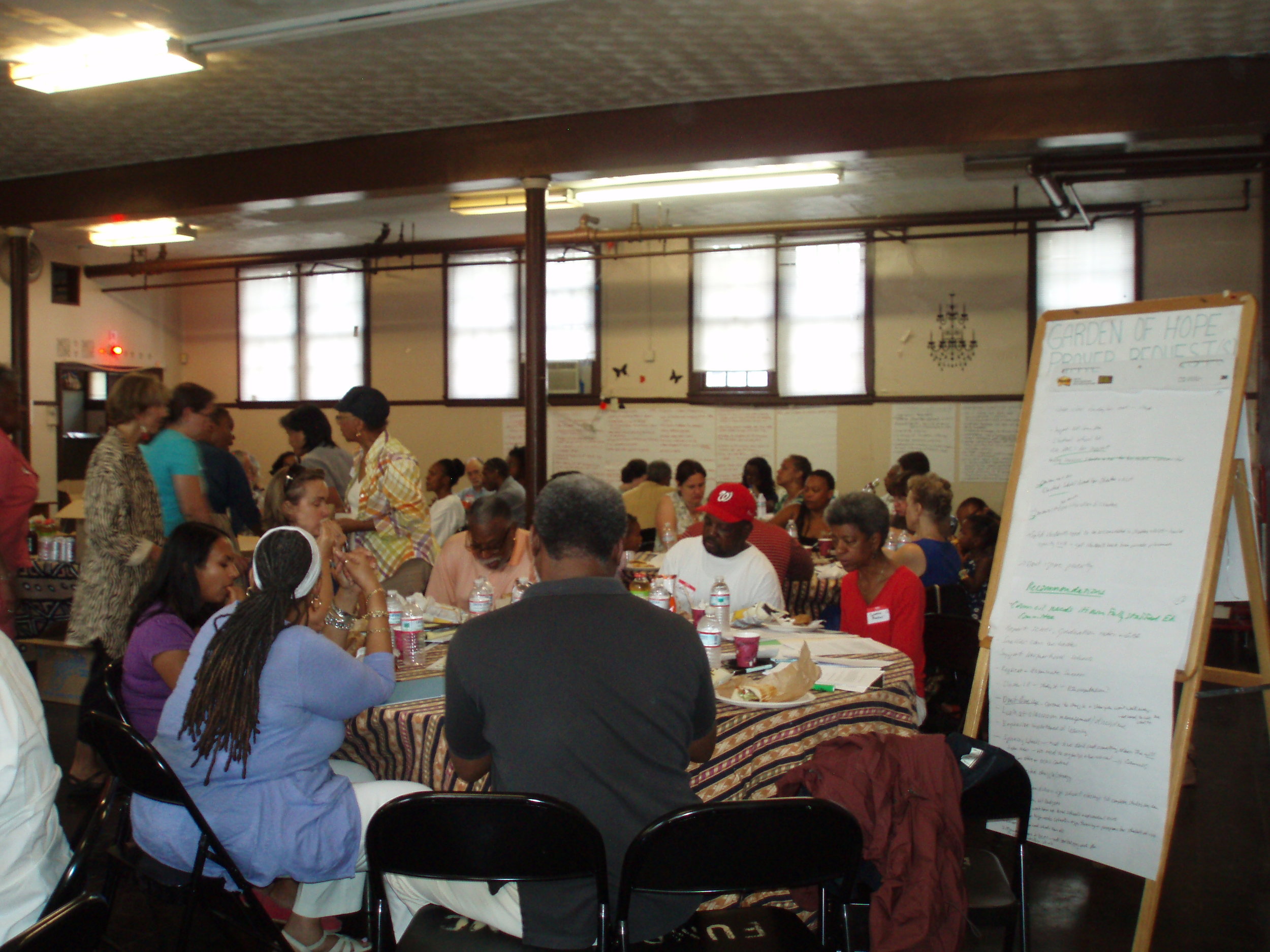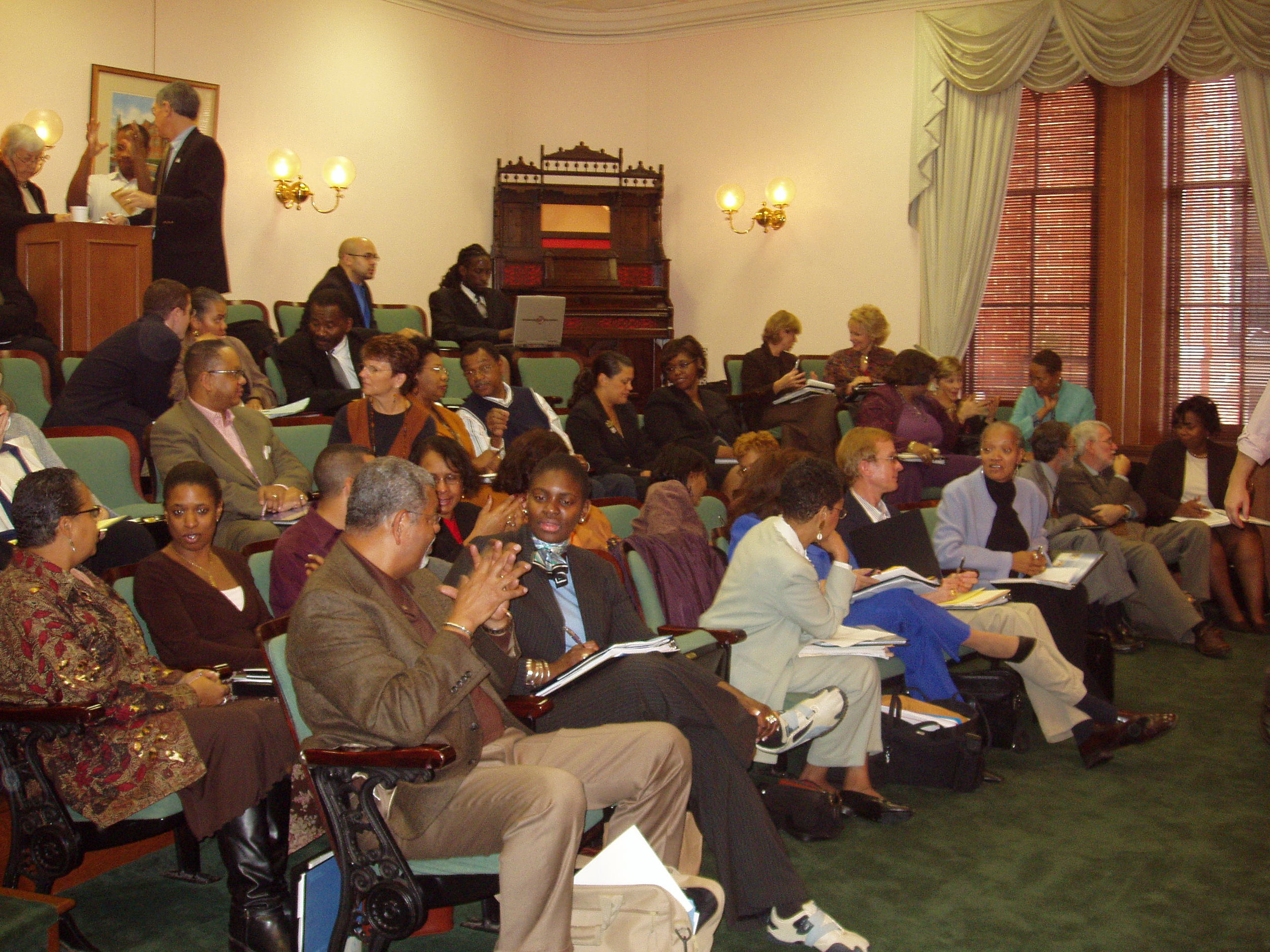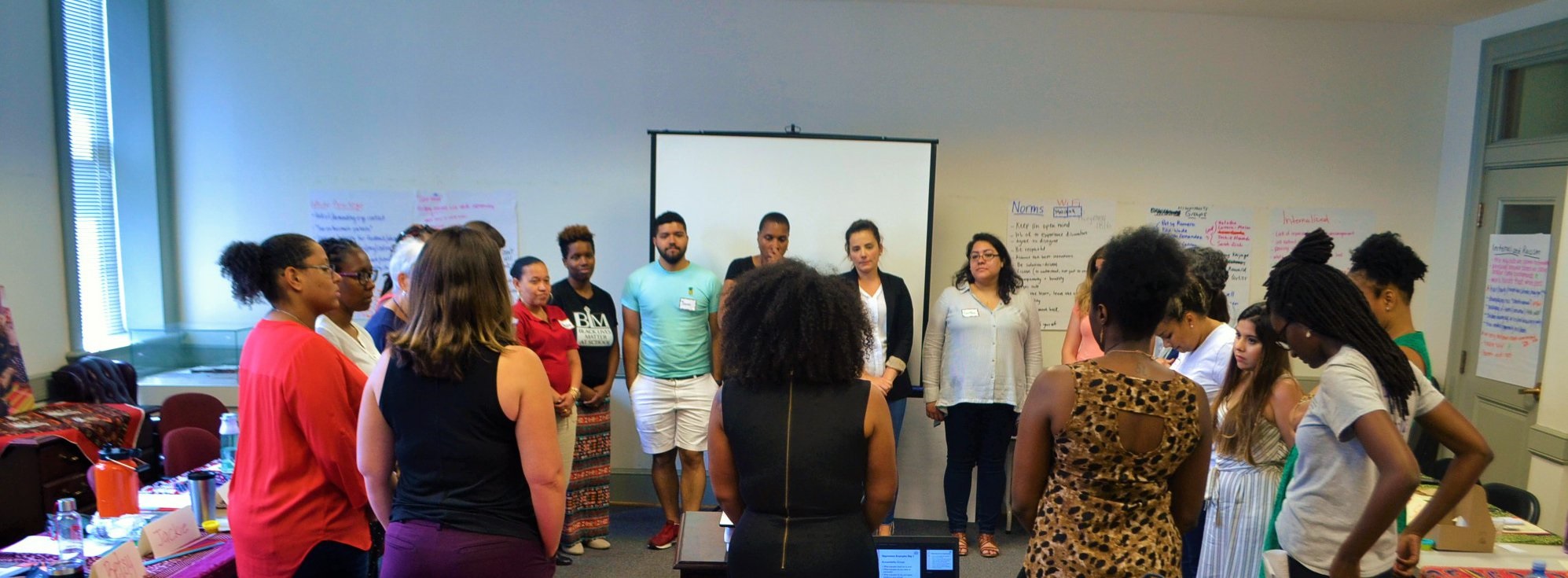A DCPS Teacher Who Helped Create RCTs Speaks Out
/A DCPS Teacher Who Helped Create RCTs Speaks Out
[Ed. Note: What follows is an edited interview between DCPS parent Betsy Wolf and a DCPS teacher who helped create RCTs (required curricular tasks) for DCPS. As a condition of this interview, the teacher’s identity remains confidential. DCPS is currently using RCTs as a means of student assessment this school year. But RCTs were created last school year by DCPS specifically to help teachers with virtual instruction, aligned with the use of Canvas. The idea then was to help make online curriculum engaging in a virtual setting. Now, teachers are reporting that RCTs are unhelpful to them, because they do not provide usable feedback and are poorly designed as summative assessments. RCTs also take important instruction time away because DCPS has many other required assessments. Digital inequity just exacerbates these problems: As most DCPS schools do not have a 1:1 student device ratio, many teachers can give RCTs only on paper, then enter the data manually into Canvas. Yet, according to another DCPS teacher who testified during the DCPS budget hearing on November 9, DCPS has spent more than $10 million on the company and electronic system that RCTs use. Read on for a fuller accounting of the steep price of RCTs in our schools.]
Betsy Wolf: Tell me a little bit about your role in DCPS.
Teacher: My role is a classroom teacher and, from time to time, I am asked to write different pieces of curriculum and do curriculum-based work for the district.
BW: I understand you had something to do with the creation of required curricular tasks or RCTs. Can you tell us about it?
Teacher: It wasn't by design. I didn't set out or ever apply to contribute to the RCT writing. It began when several people from the district were tasked with converting the curriculum in the spring of 2020 for the 2020-21 school year. And so we were tasked with digitizing and, in some cases, modifying the existing curriculum to make sense of the challenges that the full digital school year was going to bring. And so people in different content areas met with different people throughout the district to try to redesign and pace the curriculum for different platforms within Canvas. The goal, or so we were told, was nothing that we produce will ever be required by teachers. This was supposed to be kind of the floor and that teachers were free to modify the curriculum as needed.
I asked this repeatedly [whether the curriculum would be required], and I was assured that nothing would be required of teachers, and specifically, that this was simply meant to show off what was possible because many teachers were coming into the 2020-21 school year without the background and expertise and technology. And so we were just showcasing, like, this is how to take curriculum and put it online in a way that's engaging for students. Then that slowly kind of changed after we had done final submissions.
And then all of a sudden DCPS was talking about RCTs and required curricular tasks, and it appeared that throughout the different content areas, what the district had done was to select, almost arbitrarily, various summative pieces and then said, these will now be required to be taught and recorded using rubrics as is with the intention of standardizing the digital content.
Teachers did not have a choice. We were told to code the RCTs in Aspen a certain way and that DCPS would be going into our grade books to make sure that we had done it. When we asked why, we were told it was to ensure that teachers were teaching the same things, so that they could measure progress throughout the district.
So that's where RCTs originally came from. I had seen some of my work that was designed for different purposes now being required teaching as an RCT.
BW: So you wrote online curriculum modules, and basically, DCPS selected random RCTs and told teachers that they have to use them for summative assessments. What exactly are RCTs, and do they even align with the content you're teaching?
Teacher: An RCT would be like a summative piece that we would have had digitally uploaded if doing virtual instruction. So it'd be like a Canvas quiz or something like that. The RCTs that work best as stand-alone tasks are the quizzes, but not all the RCTs were quizzes, and not all of them make for very good summative assessments. Sometimes, the RCTs would just be a task with a rubric.
The RCTs are aligned with the standards. For the pacing, I mean, they hit the window; they're more or less aligned to the pacing calendar. Here's the challenge though: we don't have scripted curriculum in DCPS, right? There are cornerstones, and there's all sorts of things we're required to teach. But if you teach and take these RCTs with fidelity, it does eat up a lot of your time that's already being crowded with other testing and all of these other things. And none of the RCTs are very high quality. Not to mention the fact that there's no training [for using RCTs] or anything on who's analyzing the data or for what purpose. We're told to upload the RCTs to a dashboard or to have the students take them directly into Canvas.
BW: Would you use the RCTs if given a choice now that we’re back in person?
Teacher: No, I would not. I would not use those. Not all schools are one-to-one [digital device to student ratio], so it’s not even possible to have students complete the RCTs directly in Canvas on the computer. In fact, as you know, most schools aren't really one-to-one. So schools that don't have one-to-one are told sometimes they have to upload all of the students’ rough drafts into Canvas, or they get waivers, or they can just upload a raw score based off of a rubric, so that someone at the district level can look at scores across the district. But there’s no statistical information about the scores. I don't really know what they're going to do with that data, and we haven't been told anyway.
BW: When you talk about uploading student work products to Canvas, what does that entail?
Teacher: In theory, a school that was one-to-one that had appropriate technology means a student would, if they were asked to write an essay as the RCT, would write the essay (the rough draft version is what we're told) directly in Canvas. You're supposed to not give students so many scaffolds. If it was a math test, then you would just have them take said test in Canvas directly if possible.
BW: But if it's not possible, then what does that process look like?
Teacher: It depends on the content area. Sometimes it requires teachers to administer something like a paper test and then upload those scores manually. So then we're doing double duty. In other subjects, teachers have to upload the student work products in Canvas, but then there’s no way for teachers to modify or work with what’s been uploaded. So it creates a giant headache.
BW: Were RCTs developed for all students, like all grade levels and content areas?
Teacher: To my knowledge, yes. Which is why there's so many required curricular tasks. I know they're there for math, English, social studies, and science.
BW: Okay, so you do all of this, and you upload the information, and you have no idea what DCPS does with it?
Teacher: No. I went through the full training and I was privy to this early on, and I was asked who's going to look at these pieces of data. I was told that DCPS was going to be able to see trends throughout the district. I think some very well-intentioned people really believe that they're going to get some kind of meaningful data, but they haven't shared what we are going to do as a district or what the goals are. There are no improvement strategies. It's just all data collection. There's a huge emphasis on let's do this with fidelity so we can get to the next part, which we all don't know yet.
BW: As a creator of some of the RCTs, do you think that these are good stand-alone assessments? Or do you think it kind of breaks down when you pull them out of the larger modules?
Teacher: In my particular content area, no, they aren’t good stand-alone assessments because they weren't designed to be used in that way. The RCTs were designed to solve problems of, “we have dynamic curriculum and we need to digitize it for this remote year.” And now they're being used in a completely different way for a completely different purpose. Like if I were to write a summative assessment now, if I was tasked with designing an RCT now, I would make sure that it actually was something that was actually aligned with what I was teaching. I would make sure that I actually hit all the standards. When I design an assessment, I make sure that all the little touch points, like every lesson, would align and kind of build up to this summative assessment that would give me clear guidance on what was mastered and what wasn't. Instead of solving the different problem of how do I take a good curriculum and make it engaging in a digital space. Those are two different challenges.
BW: Do you see any problems with comparing the data across different teachers’ classrooms? Like, do you think you would get an apples-to-apples comparison?
Teacher: No, because the teachers have different scaffolds. I don't know what teachers did to build to the RCT. We also know the technology isn’t one-to-one, so you have some people just being able to put the scores in versus a finished product. In the end, DCPS is just going to show some numbers. I don't know what they're going to do with them. It sort of feels like this is more about who goes through the trouble of putting numbers into the system and who doesn't.
BW: So if you had to predict how DCPS will use the data, what would you say?
Teacher: I think it's exactly what I said. They are looking for a way to pressure teachers to make sure they're on scope and sequence. It's more about, are you following this program instead of trusting teachers to use best practices or trusting that administrators can just check to make sure that teachers are using their own expertise to create the best classroom out there. And instead, DCPS has created a system where to play ball, you have to put numbers into the system. And if you don't, then we're going to scrutinize what you're doing.
BW: So how would you prefer someone to check to see if you're following scope and sequence? Would you prefer administrators to check like you said?
Teacher: Yes, that’s exactly what they do now. I think that system was always fair. There's a scope and sequence, it's out there. It's readily available, you go through training. Typically you have a person who has some level of expertise in your content area and they know kind of where you should be. And if you're not there, then you probably should have a reasonable explanation for why you are doing the units in a different order. But that's a conversation you can have with your administration: is this the best way to meet the standards? And you know, if I'm doing it slightly different, if I'm off by two weeks because the school has emphasized something else, you know, different programming that puts you off by a week, then you can have that conversation. That's how it's supposed to be.
BW: Is there anything else you would like us to know?
Teacher: I'm really happy you're digging into this because I feel a little complicit because I wrote these things. When DCPS takes our work and uses it for things it’s not intended for, all of the joy gets sucked out. I’m having to train teachers, like phenomenal teachers, on using RCTs when the RCTs are objectively worse than something the teachers would create themselves. When I created the RCTs, I was solving a different problem.
My heart broke when I saw that a first-year teacher quit over the RCTs. I can’t imagine being a first-year teacher trying to do all of the stuff. When you’ve been in the system for a few years, at least you know what’s BS.
BW: This isn’t your fault. You were lied to.
Teacher: If I were to add anything it would be about the timing of RCTs. I believe it is extremely tone-deaf for the district to add RCTs and all of the steps and layers of training that come with it during this school year. Teachers have already had to modify everything from seating charts and procedures to the curriculum when we returned to in person learning. Teachers are working harder than ever to meet students where they are at and curate lesson plans that lead to mastery. Taking hours of time for training, testing, and data entry from students and teachers is demoralizing and unsupportive of the near-term challenges all teachers are facing this year. My colleagues all ask the same question: of all years to do this, why THIS year?

